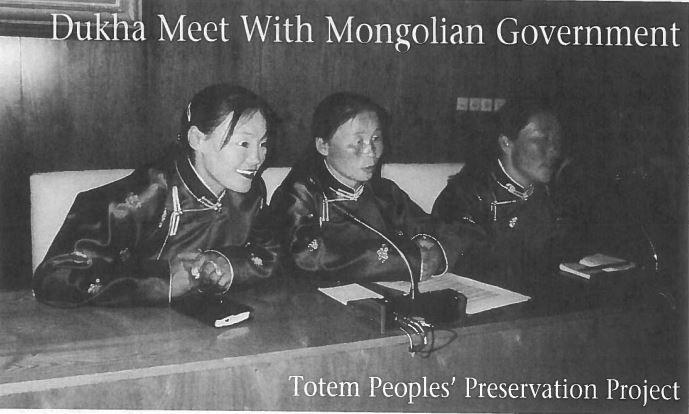 A delegation of six Dukha (Tuvan) reindeer herders met in June with Mongolian government officials in Ulan Bator to speak about their culture and the challenges their people face for survival. It was the first time a group of Dukha had ever met with the Mongolian government.
“What you have done, no one else has ever accomplished in the history of Mongolia,” said Radnaa Yenchev, Mongolian…
A delegation of six Dukha (Tuvan) reindeer herders met in June with Mongolian government officials in Ulan Bator to speak about their culture and the challenges their people face for survival. It was the first time a group of Dukha had ever met with the Mongolian government.
“What you have done, no one else has ever accomplished in the history of Mongolia,” said Radnaa Yenchev, Mongolian…
Support Indigenous writers and journalists. This content is made entirely possible by loyal readers like you. Cultural Survival does not believe in paywalls. We rely on our supporters and readers to give what they can so that we can continue bringing you Indigenous-led solutions.
Our website houses close to five decades of content and publishing. Any content older than 10 years is archival and Cultural Survival does not necessarily agree with the content and word choice today.